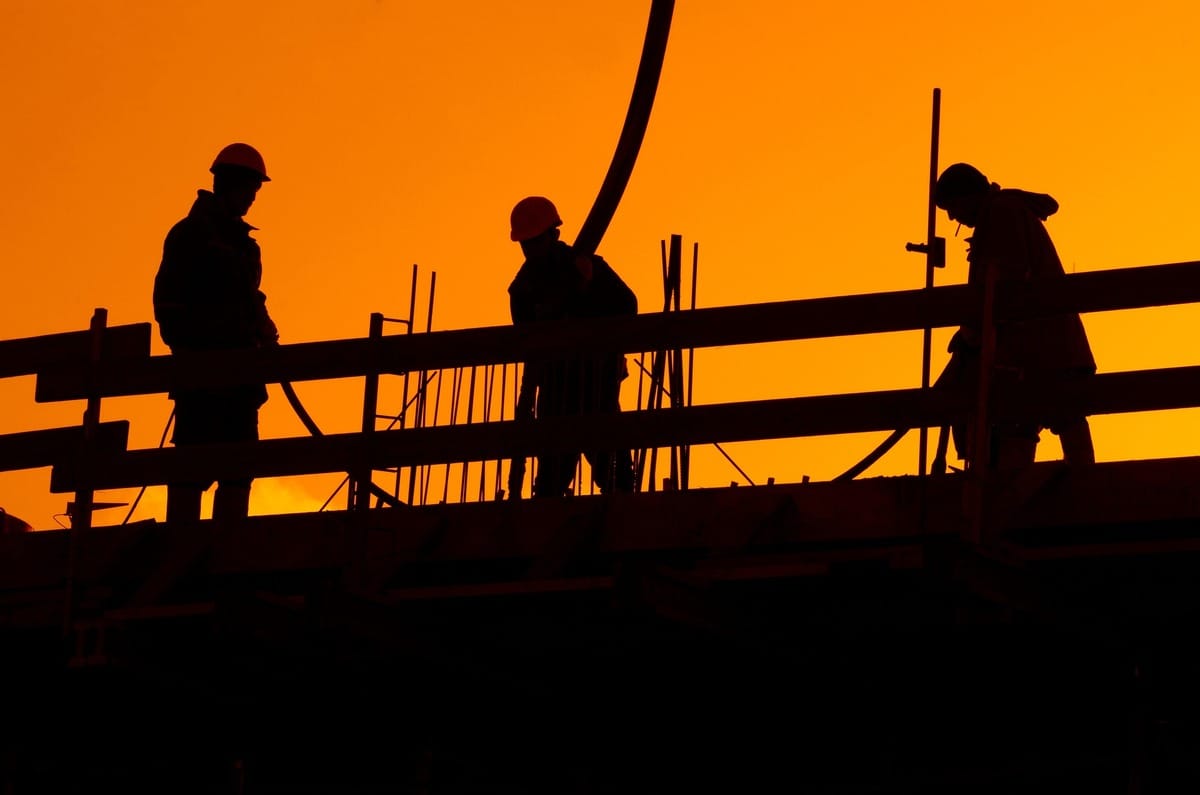- Full Brim Safety
- Posts
- Preventing Falling Objects - Guarding Overhead
Preventing Falling Objects - Guarding Overhead
Full Brim Safety: Build Smart, Build Safe

Preventing Falling Objects - Guarding Overhead
Welcome back, let's Build Smart & Build Safe! Yesterday, we introduced the broad category of "struck-by" incidents. Today, we're focusing on a specific, common, and often devastating type: being struck by falling objects. Whether it's a tool, a piece of material, or debris, anything falling from above poses a serious threat.
A falling object picks up speed and force rapidly. A small wrench dropped from 50 feet can have the impact of a significant blow, causing severe injury or even death to anyone below.
1. Identifying Overhead Work Zones: Look Up!
Awareness is Key: Always be aware of work happening above you. Look for signs of elevated work platforms, scaffolding, or workers on roofs.
Communicate: If you are working overhead, make sure workers below are aware of your presence and potential hazards.
2. Securing Tools & Materials: Don't Let it Drop!
Tool Lanyards: When working at height, always use tool lanyards to tether your tools to your person or a secure anchor point. This simple step prevents tools from becoming deadly projectiles.
Secure Stacks: Ensure all materials (lumber, rebar, pipes, concrete blocks) are stacked and secured properly on elevated surfaces to prevent rolling, sliding, or tipping.
Containers: Use buckets or bags to transport small tools and fasteners to height, preventing them from falling through gratings or gaps.
3. Protective Measures: Your Overhead Shields
Toe Boards: Install toe boards along the edges of elevated platforms or scaffolding to prevent tools and materials from being kicked or rolling off the edge.
Guardrails: Proper guardrail systems not only prevent falls from height but also help contain objects on the working surface.
Debris Nets & Canopies: For demolition or construction work where falling debris is likely, install debris nets or overhead protective canopies to catch falling materials.
Barricades & Exclusion Zones: When work is happening overhead, establish and enforce clear barricades and exclusion zones below to keep personnel out of the danger area. Use caution tape, cones, and warning signs.
4. Housekeeping in Elevated Areas:
Keep elevated work surfaces clear of unnecessary tools, scrap, and debris. A tidy workspace is a safer workspace.
5. Your Hard Hat: Always Wear It!
While preventative measures are paramount, your hard hat is your primary defense against impacts from falling objects. Always wear your hard hat when on site, especially when there's overhead work.
By diligently applying these practices, we can drastically reduce the risk of tragic "struck-by" incidents from falling objects. Tomorrow, we'll shift our focus to managing hazards from moving loads and equipment on the ground.
Don't forget to sign your friends up for Full Brim Safety for your daily dose of construction safety tips!
-The Safety Man
